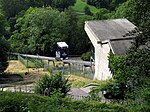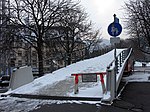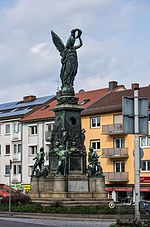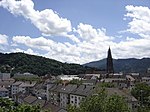Old Cemetery (Freiburg im Breisgau)
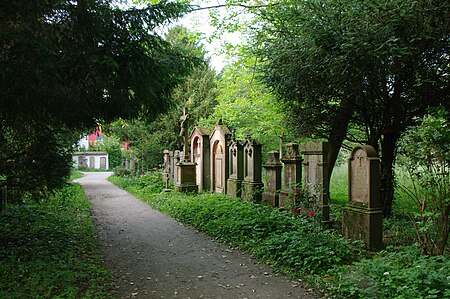
The old cemetery (German: Alter Friedhof) in Neuburg, a district of Freiburg im Breisgau, Germany, covers an area of 2.65 hectares. Situated on park-like grounds, the old cemetery is one of Germany's oldest cemeteries that have been abandoned and preserved as a whole. Located close to the Ludwigskirche, it is often mistaken to be part of the neighboring district Herdern. Providing tombs to an estimate of 1200 people, half of them are worthy of preservation. The booster club takes care of maintenance. The old cemetery falls under preservation order of cultural and natural monument. Moreover, it can be seen as evidence for death cult, town history and stylistic area of the 17th and 18th century. Serving not only as a place for individual and artistic tombstones of middle class people. Furthermore, the old cemetery grants an insight into the consciousness of faith during the baroque period until the time of neo-classicism.
Excerpt from the Wikipedia article Old Cemetery (Freiburg im Breisgau) (License: CC BY-SA 3.0, Authors, Images).Old Cemetery (Freiburg im Breisgau)
Stadtstraße, Freiburg im Breisgau Neuburg
Geographical coordinates (GPS) Address Nearby Places Show on map
Geographical coordinates (GPS)
| Latitude | Longitude |
|---|---|
| N 48.000833333333 ° | E 7.8577777777778 ° |
Address
Stadtstraße
79104 Freiburg im Breisgau, Neuburg
Baden-Württemberg, Germany
Open on Google Maps


